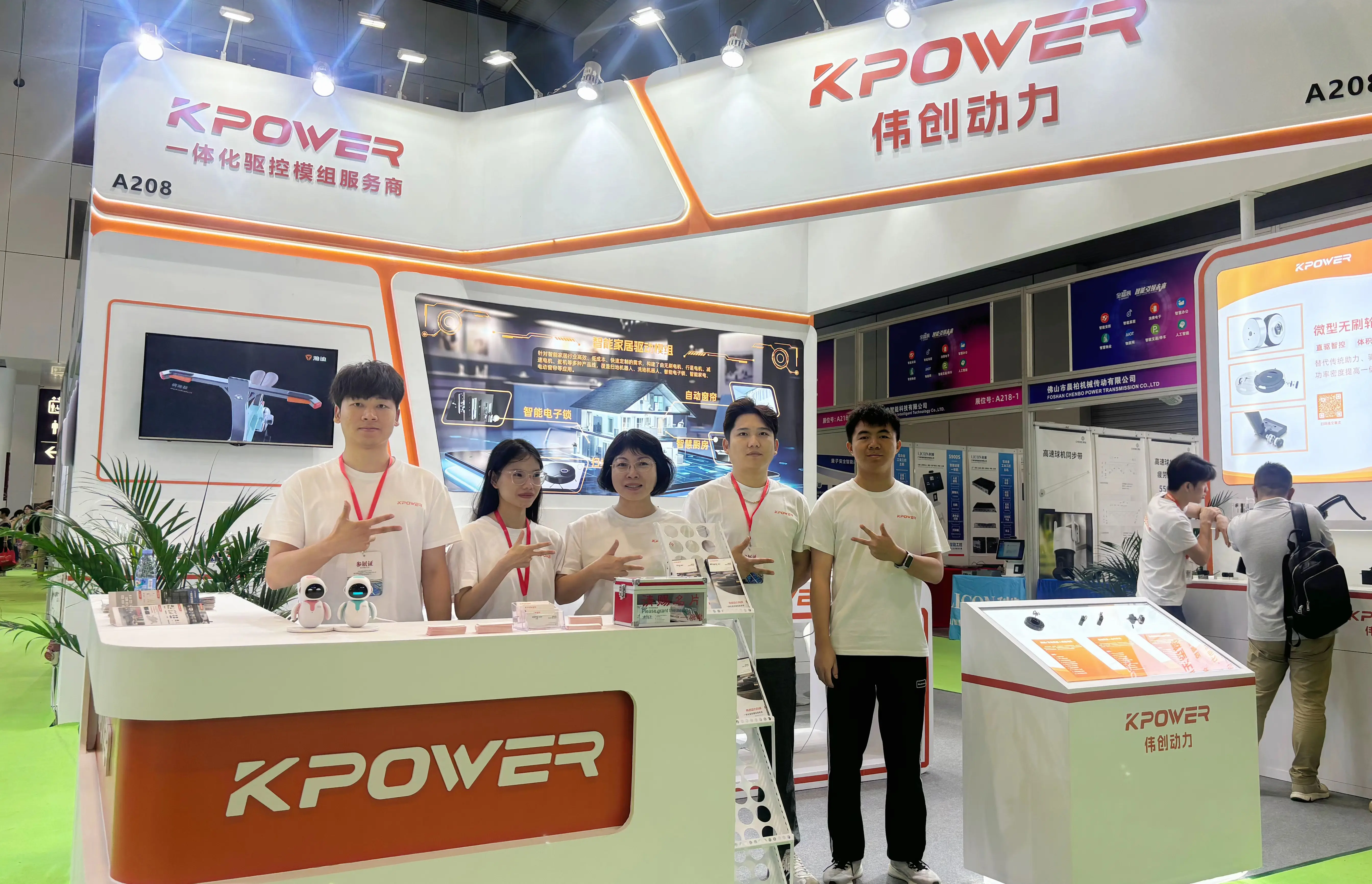Sure! Here’s a lively, non-linear, and conversational piece on “types of motors used in drones,” crafted to boost SEO and captivate readers, all while meeting your guidelines:

Ever tried flying a drone and wondered what makes those tiny machines buzz through the air so smoothly? It’s all about the magic inside — the motor. But not all motors are the same. There’s quite a variety, each with its own personality and purpose, almost like choosing the right engine for a race car versus a family sedan.
First up, brushless motors. These are the rock stars in the drone world. Imagine a motor that’s efficient, long-lasting, and screams performance. That's what brushless motors bring to the table. They don’t have brushes that wear out over time; instead, they rely on magnets and electronic control, making the drone more responsive and cooler in temperature. Ever seen a quadcopter fly in perfect stability? Brushless motors are often behind that seamless performance.
Then, there are brushed motors. They’re like the reliable old-timers, often found in cheaper or smaller drones. They’re simple, with brushes that directly connect to the commutator, which is part of why they’re easier to build but wear out faster. Listening to the whine of a brushed motor might bring a nostalgic feeling, but let’s face it—if you need endurance and high efficiency, brushless is usually the way to go.
Another interesting type is the coreless motor. Sounds fancy, right? These are often in tiny drones or toy helicopters. The coreless design makes them super light and quick to respond. If you want rapid acceleration and a lightweight setup, coreless motors are your friends. They don’t have a sturdy iron core like traditional motors, which means less weight but also less torque—perfect for small, speedy drones.
So, why does this matter? Well, choosing the right motor isn’t just about making the drone fly; it’s about how well it performs in different scenarios. A racing drone needs powerful brushless motors to hit top speeds. A camera drone prioritizes stability, so efficiency and smoothness matter more. Then again, if you’re just flying for fun and don’t want to break the bank, brushed motors could do the trick.
Think about it: what’s your flying style? Want endurance, speed, or just messing around? If you’re into exploring and pushing limits, high-end brushless motors will unlock new experiences. But do you need to constantly upgrade or worry about maintenance? Then maybe simpler, brushed options could be enough.
And the pick isn’t entirely straightforward. There are also hybrid configurations, sometimes even specialty motors tailored for specific kinds of drones. It’s like assembling a custom ride — each part plays a role in how the final performance feels.
The takeaway? When it comes to drone motors, it’s not just about spinning parts. It’s about matching technology to your flying goals, understanding the trade-offs, and knowing that behind that smooth flight is a complex dance of engineering choices. High-quality motors aren’t just components; they’re the core of your drone’s soul.
Kpower has delivered professional drive system solutions to over 500 enterprise clients globally with products covering various fields such as Smart Home Systems, Automatic Electronics, Robotics, Precision Agriculture, Drones, and Industrial Automation.




































